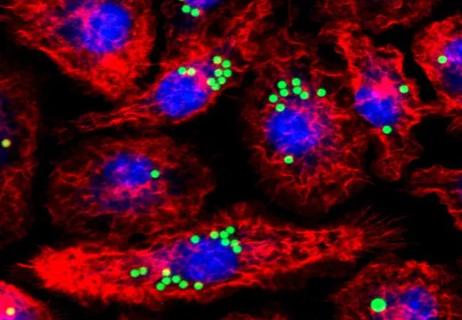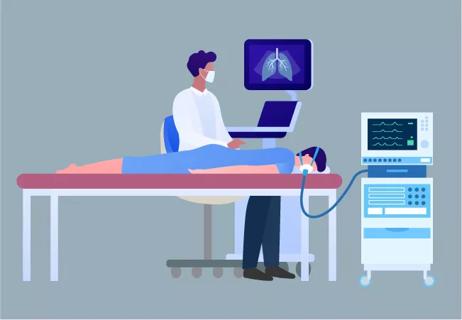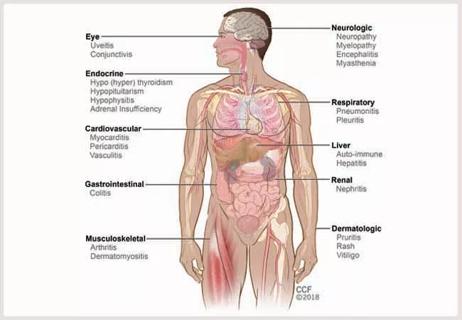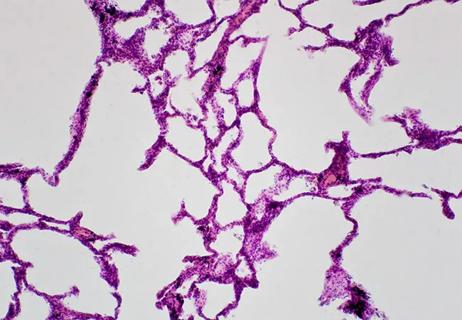Advertisement
Selected maneuvers during pulmonary artery catheterization may improve care for patients

Advertisement
Cleveland Clinic is a non-profit academic medical center. Advertising on our site helps support our mission. We do not endorse non-Cleveland Clinic products or services. Policy
Physicians use pulmonary artery catheterization (PAC) to diagnose pulmonary hypertension (PH) and distinguish between the two major hemodynamic types of the disease, pre- and postcapillary PH. While PAC is the current gold standard, awareness among pulmonologists is increasing that traditional hemodynamic determinations may be insufficient to identify early stages of the disease, allocate patients to the pre- or postcapillary groups of the disease and guide treatment decisions. Moreover, a multicenter study showed that a third of patients referred to PH centers were initially misdiagnosed and inappropriately treated. 1 In order to overcome these limitations, our laboratory performs a variety of maneuvers during PAC to better understand the cardiopulmonary hemodynamics and more precisely characterize the type of PH.
The recent proceedings of the 6th World Symposium on PH define precapillary PH as a mean pulmonary artery pressure (mPAP) of > 20 mm Hg, a pulmonary artery wedge pressure (PAWP) ≤ 15 mm Hg and a pulmonary vascular resistance ≥ 3 Wood units. Postcapillary PH is present when mPAP is > 20 mm Hg and PAWP is > 15 mm Hg.2
These hemodynamic definitions emphasize the critical importance of obtaining reliable hemodynamic measures, particularly PAWP and cardiac output (CO). At Cleveland Clinic, we pay particular attention to the PAWP determination3 and always confirm unexpected or abnormal CO values with direct Fick determination. Direct Fick CO requires the measurement of arterial and mixed venous oxygen content as well as oxygen uptake (VO2). We determine VO2 at the time of PAC using a metabolic cart.
Established maneuvers that challenge the pulmonary circulation include vasodilatory testing (commonly performed using inhaled nitric oxide),4 exercise testing and rapid fluid administration. The pulmonary vasodilatory test is used to identify patients with reversible vasoconstriction who could benefit from calcium channel blockers. During exercise, the CO and blood flow through the pulmonary vasculature increase; however, the pulmonary pressures marginally increase given vascular recruitment and vasodilation. A disproportionate increase in mPAP and PAWP could represent exercise PH and/or left ventricular diastolic dysfunction. Rapid fluid infusion increases the left ventricular end-diastolic volume, potentially unmasking heart failure with preserved ejection fraction.
Cardiopulmonary exercise testing can grade the severity of functional limitation and provide prognostic information in patients with PH.5 When combined with invasive hemodynamic determinations, the invasive CPET can better delineate the cardiopulmonary pathophysiology and nature of the exercise limitation, particularly in patients with dyspnea and mild PH.
Advertisement
Other less frequently used methodologies that may provide valuable information include temporary arteriovenous (AV) dialysis access exclusion, dobutamine infusion and estimation of intrathoracic pressure using an esophageal balloon. The temporary AV dialysis access exclusion is important to determine the impact that an AV fistula has on cardiac output (CO) and mPAP, which may be elevated particularly in fistulas with high flow.
A dobutamine infusion increases the CO and thus the mPAP. A disproportionate increase in mPAP for the rise in CO suggests a decrease in the right ventricular contractile and pulmonary vasodilatory reserve.
Pulmonary vascular pressures and PAWP measured during PAC reflect both true intravascular pressure and the effect of surrounding intrathoracic pressure. The intrathoracic pressure can be estimated with an esophageal balloon catheter and may be higher (positive numbers) in subjects with obesity and/or advanced chronic obstructive disease. It is important to recognize cases in which the intrathoracic pressure is elevated, since an oversight of this possibility can lead to the incorrect diagnosis of PH and its attribution to a postcapillary etiology.6 In fact, we previously showed that one-third of patients who are overweight are misdiagnosed with postcapillary PH when PAWP is unadjusted6.
In summary, selected maneuvers during PAC stand to provide critical information to improve the diagnosis, optimize treatment selection and impact prognosis. These maneuvers should be particularly considered in cases of unexplained dyspnea, normal or borderline pulmonary pressures and uncertain PH type.
Advertisement
Advertisement

Lessons learned from cohorting patients and standardizing care

New tools and protocols to improve care

Cleveland Clinic pulmonologists share a framework for how to implement effective clinical protocols to standardize evaluation and management of complex acute respiratory distress syndrome

An interdisciplinary team of specialists improves outcomes with effective collaboration, communication and identifying and implementing best practices

A public health tragedy with persistent pathophysiological and therapeutic challenges

Immune toxicity remains a diagnosis of exclusion, and multidisciplinary collaboration remains the cornerstone for early diagnosis and treatment.

A closer look at risk, clinical manifestations, treatment and prevention efforts

Refer early, even when patients aren’t yet transplant candidates